By Manish Puri
"With winter finally here, one of the items I’m most enjoying getting reacquainted with is the Shetland jumper - ceaselessly stylish, resolutely practical, and keenly priced.
For those reasons, many of the brands on Permanent Style routinely make the Shetland a cornerstone of their winter collections. It is the intention of this guide to help readers sort through the myriad options available.
Part one, today, focuses on general differences in style and construction, which I hope will provide context to help decide which jumper is right for you and why.
Part two - which will be published on Wednesday – details the Shetland offerings from 11 different brands, along with an index that compares the key features.
The history of the wool
“Shetland Wool, taking all its properties together, is perhaps the completest article of the kind in the universe, possessing at the same time, the gloss and softness of silk, the strength of cotton, the whiteness of linen, and the warmth of wool.”
So said Sir John Sinclair, politician, and Shetland wool’s original hype man, in a letter dated September 22, 1790 to his friend and renowned botanist, Sir Joseph Banks.
Banks had been charged by King George III to restore England’s pre-eminence in the wool trade. For centuries wool had been the bedrock of the English economy. However, Spain had seized dominance of the market through the successful growth of their merino flocks - which had gained a reputation throughout Europe as the softest and finest. And they weren’t about to relinquish that grip easily – export of merino sheep was prohibited, on pain of death, through the early 1700s.
Even when Spain did begin to offer gifts of breeding stock to European royal courts in the mid-1700s, the English were most certainly not on the Christmas card list. And Banks, despite Sinclair’s best efforts, was never fully convinced by Shetland wool, complaining that “it does not spring out forcibly when compressed, as the Spanish does” and resorting to smuggling four merino rams and two ewes out of Spain through Portugal.
The arrival of the smuggled merino marked the beginning of using inter-breeding in Britain to improve wool quality and the purebred Shetland, like many other British sheep from that time, began to dwindle in numbers. (It remained on the Rare Breed Survival Trust’s endangered list until 1985.)
Ironically, given their historical lust for merino, it was the royal family that helped revive the fortunes of the Shetland sheep in the 1920s, with Edward VIII (above) championing Fair Isle sweaters in the yarn. In 1927, The Shetland Flock Book Society was formed and was successful in lobbying for subsidies from the Department of Agriculture to support breeding programmes.
By 2011, the importance and value of Shetland wool had improved to such an extent that “Native Shetland Wool” became the first non-food and drink to be awarded Protected Designation of Origin (PDO) status by the European Union.
Shetland’s features
The majority of the knitwear we’ve featured in this guide is made from Shetland wool. But what can one expect from it?
Although it has a reputation for harshness, the yarn produced remains the finest of all British sheep (ranging in thickness from 10 and 35 microns) and is airy and light. So even if you find the wool too coarse to wear against the skin (and require, for example, a shirt rather than T-shirt underneath), it is highly insulating and feels lightweight.
Whilst a lot of Shetland wool is dyed to make the gorgeous kaleidoscope of Fair Isle patterns, the fleeces of Shetland sheep come in 11 natural colours, so there is a terrific array of undyed jumpers available. And often these can be softer than dyed versions.
For those that do find Shetland a little itchy when close to the skin, part two of this guide includes a couple of wool/cashmere blends, and a Shetland-style jumper made from New Zealand geelong - a fine type of merino wool.
Shoulder constructions
My research revealed there are as many as 16 different types of sleeves that could be found on a garment. Mercifully the majority of Shetland jumpers have either raglan sleeves or set-in sleeves – although, given the raw material, surely it would be an apt tribute for someone to knit a Shetland with Leg of Mutton sleeves.
Of those two designs, the raglan sleeve is the one that extends in one piece from cuff to collar, resulting in a diagonal seam from the underarm to the neckline. It was first developed by Aquascutum in the 1850s (when they were still operating as a bespoke and military tailor) for Field Marshal Fitzroy Somerset – who was later raised to the peerage as Baron Raglan.
Somerset fought in the Battle of Waterloo to help defeat Napoleon’s army but sustained an injury to his right arm that necessitated amputation. Channelling the bravery and stubbornness of Monty Python’s Black Knight, Somerset (a lifelong military man) insisted on using his weaker left arm to fight on. Unfortunately, he found his military tunics too restrictive until Aquascutum perfected the ingenious raglan construction with a wider underarm area, affording the wearer greater movement and flexibility.
If you’re off to battle the Russians in Crimea with one arm, as Baron Raglan did in 1854, it is invaluable. If you’re off to battle the crowds on Columbia Road Flower Market with one arm, as the other is busy holding a newly purchased cactus, it’s less critical but still nice to have.
The set-in sleeve is attached to the armhole with a circular seam looping over the shoulder and under the arm. The construction offers a little more shape than the raglan and is thus considered by some to be more formal and better suited for tailored looks.
A third sleeve type which features prominently in the Shetland jumpers we’ve covered is the saddle shoulder (above). The saddle is technically a type of raglan sleeve, where the seam initially follows the same diagonal line of the raglan and then takes a sharp turn at the collarbone and runs parallel to the shoulder until it hits the collar.
Neckline (and height)
The classic style of Shetland knit remains a crew neck, but in part two of this guide we list brands that offer V-necks, roll necks, cardigans, and vests.
Regular readers will be familiar with Simon’s article on the effect of different heights of a neckline and how that affects both style and proportion. Most of the Shetland crewnecks we’ve considered either have necklines with ribbing around 2.25cm/1” that lie flat up to the base of the neck (above - we’ve called this a standard neck) or have chunkier and reinforced necklines with ribbing of around 3cm/1.25” that sit higher on the neck and hold the shirt collar closer to the body.
Unlike say a tailored jacket, there is limited scope for designers to change a crew neck year on year. However, the neckline is one area that does change over time. The standard, lower and looser neck offers room and a glimpse of a tie. The higher and tighter neck is geared to more casual, tie-less ensembles. It’s perhaps unsurprising that there are more higher necklines available today than there were five years ago.
Ply, or thickness
Ply is often used as a shorthand for how thick and heavy a sweater is. The overwhelming majority of the jumpers we’ve featured will be two ply, which means that two threads have been twisted together to make the yarn that has been used to knit the jumper.
As part of Permanent Style’s Guide to Knitwear you can find a detailed article that covers the different ways of categorising knits by gauge, end and ply here.
Knitting in the round
The jumpers that we have featured in our guide are either fully fashioned or knitted in-the-round.
‘Fully fashioned’ is the normal way a jumper is put together, where each panel of a garment is knitted separately and then linked together at the seams.
Shetland jumpers are known for the rarer technique of being knitted in-the-round, however, where small circular knitting machines (above) produce body-sized tubes of fabric. The jumpers produced by this technique are often referred to as seamless, as there are no seams on the body.
What does this mean for the customer? Well, some find seamless construction more comfortable, and because there are fewer ‘weak spots’ from seams, more durable. The downside is that a seamless jumper cannot be tapered in the body, and so often has a boxier fit. It also has a tendency to lose shape more easily, if pulled around or not taken care of.
Finish: pattern and brushing
The focus of this guide is on plain knit jumpers – and this is what the bulk of the market is offering. However, we have recognised where brands are selling other types of knit, so there are also Shetland jumpers using cable, ribbed, striped and Fair Isle techniques.
The other aesthetic aspect Shetland jumpers are famous for is brushing.
Since the Middle Ages woollen fabrics have been brushed by the dried seed heads of the teasel plant (dipsacus sativus). The spikes on this thistle-like plant (which help to protect the seeds) are supreme at loosening and teasing out some of the fibres of the yarn. By raising the nap, the brushing process creates small air pockets that improve the insulation of the yarn whilst also softening the handle and the colour.
We’ve categorised the Shetland jumpers on the market as unbrushed or light brush (brushed 0-1 times), medium brush (2-3 times) and heavy brush (3 or more times). I prefer my (slightly more whimsical) brushing index of peach fuzz, candy floss and Don King, but I suspect this won’t catch on.
A paucity of teasel brushing machines in the market often means the brushed variety of jumpers are a little more expensive than the unbrushed. As part of my commitment to delivering a comprehensive survey to the Permanent Style reader I did stumble upon a Reddit forum where some users claim to have had success in hand brushing their Shetland sweaters using cat brushes. Do not try this at home."
I would like to extend special thanks to James Priestley of William Crabtree & Sons and Uli Schade of Dick’s Edinburgh for their time and help whilst I was writing this guide.
Part two in this series, running through and comparing 11 different brands on the market, will be published on Wednesday.
DMTBeautySpot
via https://dmtbeautyspot.com
Simon Crompton, DMT.NEWS, DMT BeautySpot,


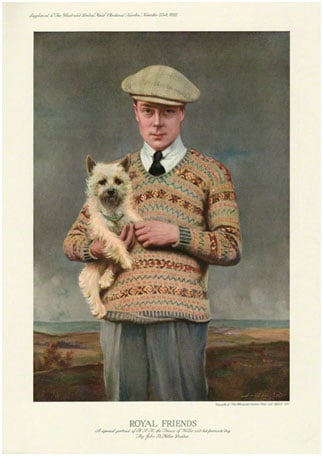
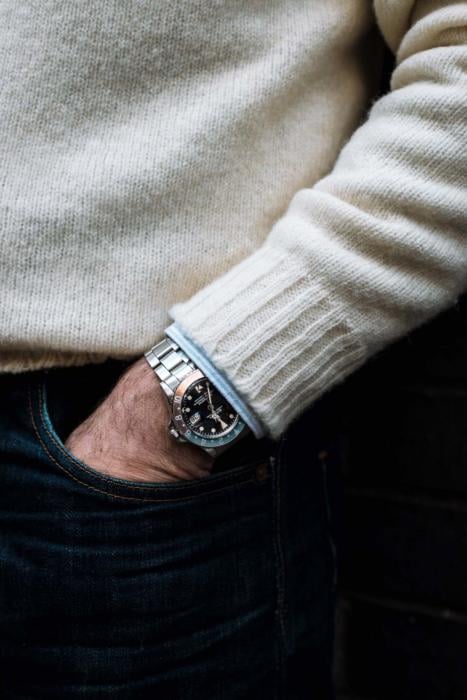
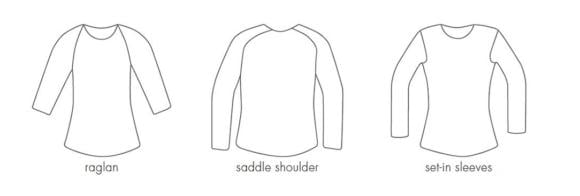
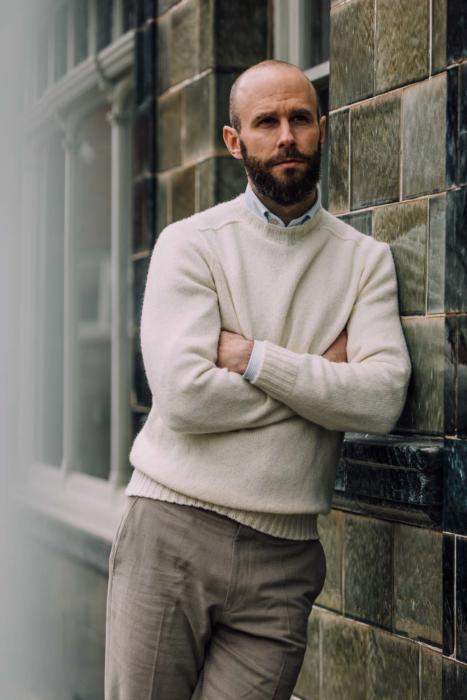

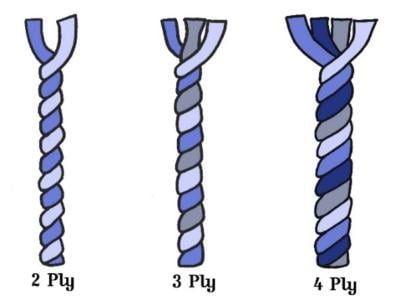

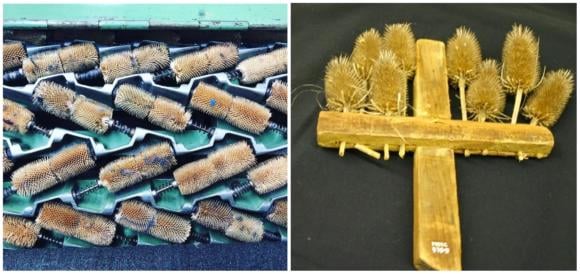
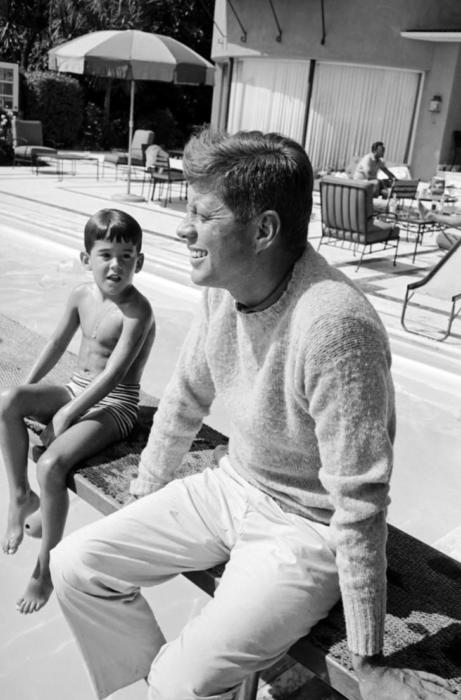
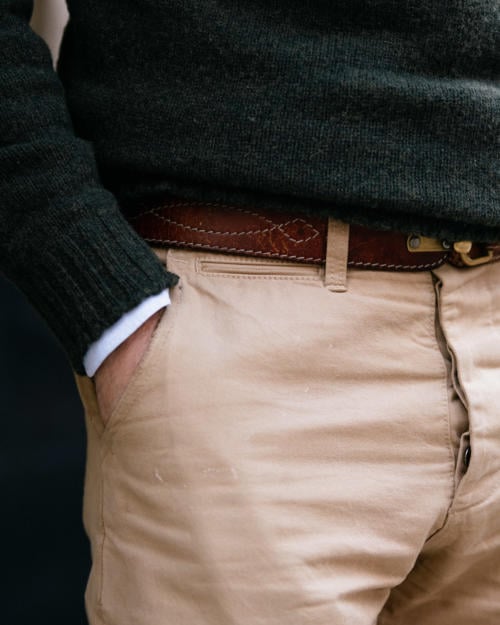


0 comments